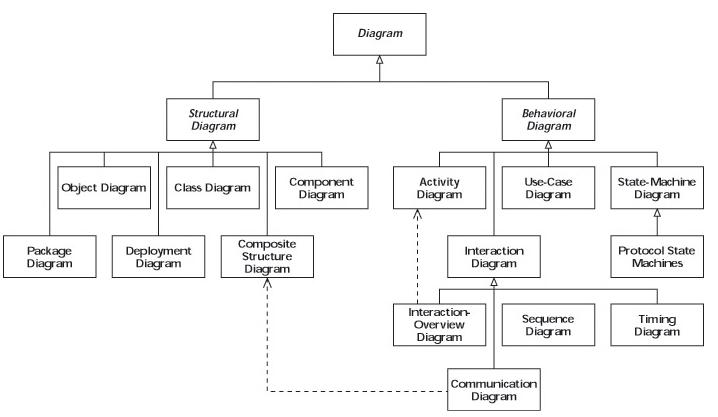Class
A class is a family of objects. If several objects have similar structure, behavior, and meaning, then you can group the objects into a class—in effect, a template (or even a factory) you can use to create uniform individual objects. When you develop an object-oriented system, the system is described as being made up of classes—and that’s even true of a real-life enterprise system. Some examples of classes might be the Crash Dummy class, Lease class, Client class, or Owner class. Each class provides a generic scheme for one or more objects, and a class can be a template for many objects or only one.
Object
Object is an instance of the class.
An object can be any useful item that has identity, structure, and behavior. When an object-oriented software system is running, the items in the system are interacting software objects. When a real-life physical enterprise is in operation, the individual interacting entities in the enterprise system are the business objects.
A class is a family of objects. If several objects have similar structure, behavior, and meaning, then you can group the objects into a class—in effect, a template (or even a factory) you can use to create uniform individual objects. When you develop an object-oriented system, the system is described as being made up of classes—and that’s even true of a real-life enterprise system. Some examples of classes might be the Crash Dummy class, Lease class, Client class, or Owner class. Each class provides a generic scheme for one or more objects, and a class can be a template for many objects or only one.
Object
Object is an instance of the class.
An object can be any useful item that has identity, structure, and behavior. When an object-oriented software system is running, the items in the system are interacting software objects. When a real-life physical enterprise is in operation, the individual interacting entities in the enterprise system are the business objects.
